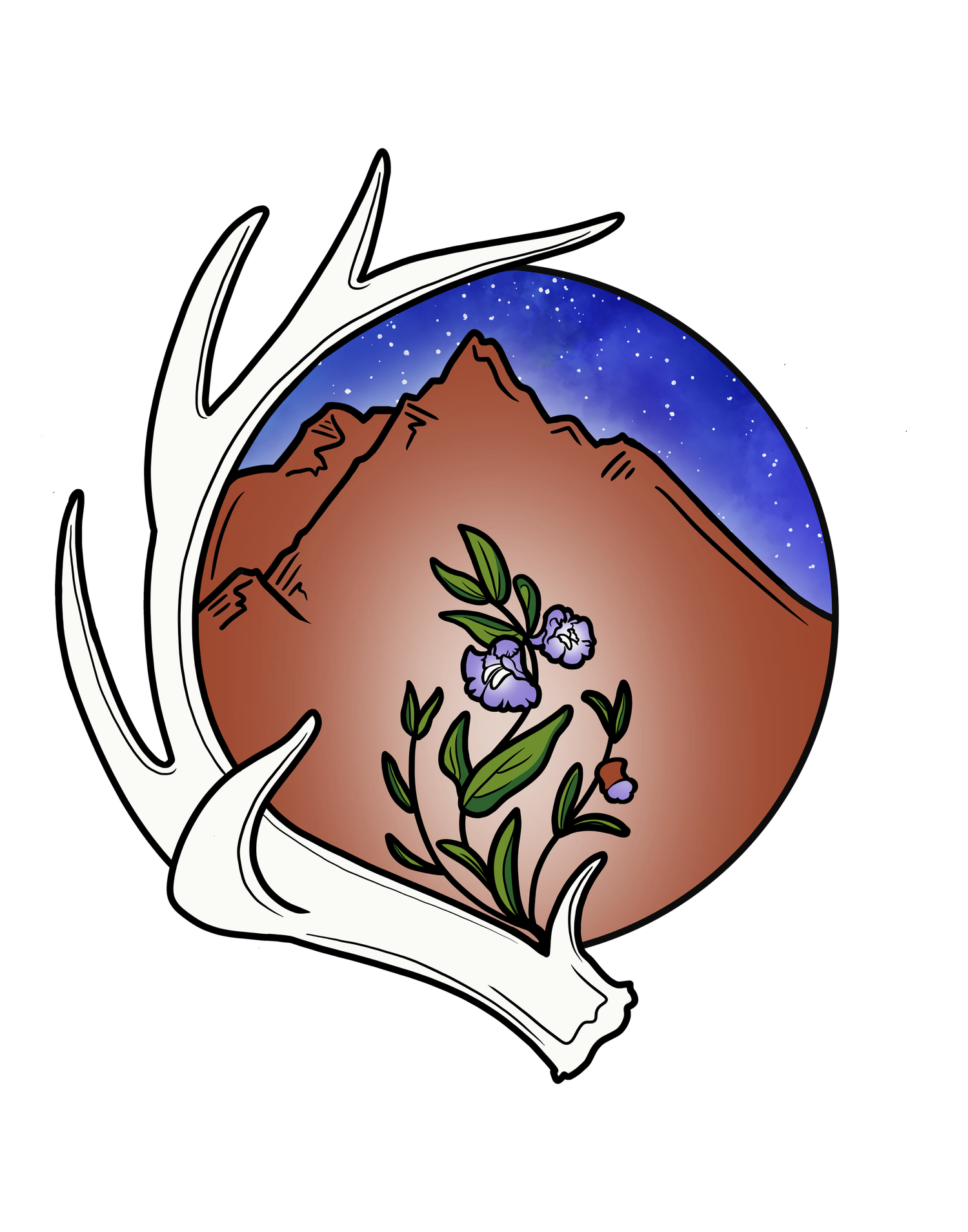Loving Latin: Meanings & Origins (and plant geek fun!)
Confusing. Unpronounceable. Impossible to spell.
Whether you are an herbalist or gardener, at a certain point Latin names become part of your language, whether you want them to or not. However, there is a useful, illuminating, and yes, even enjoyable side to Latin names. While it can take a bit of practice to puzzle out meaning from a name like Symphytum officinale, what you gain in understanding is well worth it!
In this series, we explore the whys, where’s, and who’s of Latin plant names and medicinal terms, from meaning to origin. Dig in and Enjoy!
We’ll begin with one of the most common species names out there.
Officinalis/officinale
This is an especially useful species name for herbalists (and not just because it’s easy to remember!). It signifies an herb that already had an established medicinal or culinary use back when Linnaeus first started labeling plants (more on that later).
An officina was the medieval term used for a storeroom in a monastery, where medicinal preparations were stored. “Officinalis” means “of/belonging to an officina”. If you see officinalis tacked onto a genus name, it almost always means it’s medicinal/edible, and has been regarded as such for a loooooong time.
While officinalis is used more often than not, you will sometimes see it spelled officinale, or very rarely officinarum. This has to do with gender, case, and number modifications in Latin. Don’t overly stress about these. They don’t change the meaning all that much, more a matter of grammatical housekeeping. But given the bisexual nature of many plants, it does make you wonder how they decided on a gender in the first place.
Some ‘official’ plants:
Althaea officinalis Marshmallow
Calendula officinalis Pot marigold, calendula
Levisticum officinale Lovage
Melissa officinalis Lemon balm
Rosmarinus officinalis Rosemary
Saponaria officinalis Soapwort
Symphytum officinalis Comfrey
Taraxacum offincale Dandelion
Zingiber officinale Ginger
